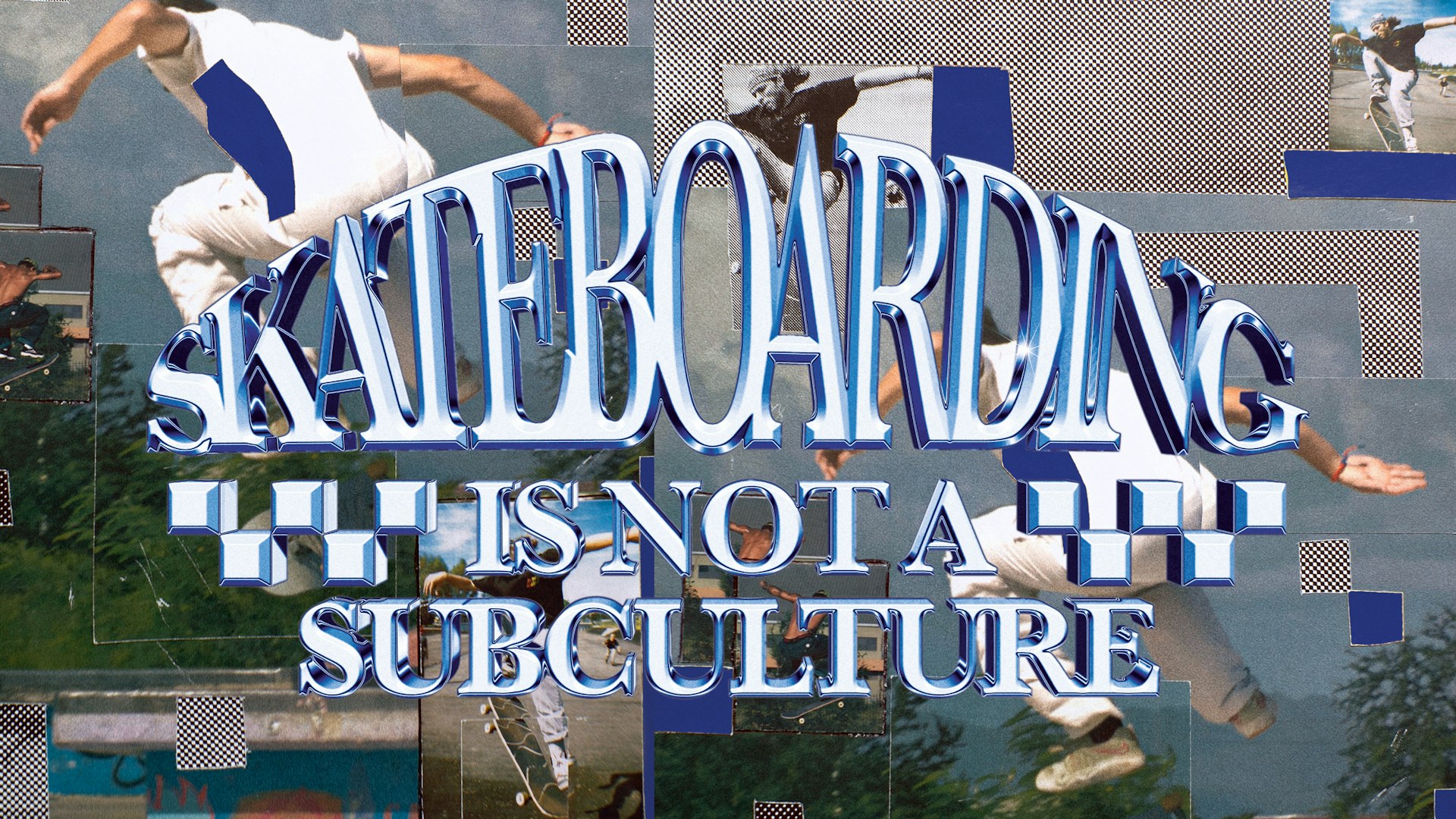In photos: the golden age of New York City's graffiti scene
- Text by Miss Rosen
- Photography by Martha Cooper

Armed with two loaded cameras and ready to shoot, Martha Cooper zipped around late-1970’s New York City in a beat-up Honda Civic on assignment as the first woman staff photographer at the New York Post.
“We had two-way radios that we carried so you always were connected to the city desk,” Cooper says. “My car was my secret weapon and it gave me a huge amount of freedom, because I could always say I was on assignment and go anywhere.”
But as it happened, the story was much closer to home. At the end of the day, Cooper drove through the Lower East on her way to back to the Post’s old headquarters looking for feature photos. She started photographing kids, turning the detritus of their environment into a playground for the series Street Play.
“In 1979, I met a HE3, who I had photographed on a root with pigeons,” Cooper says. “He showed me a piece in his notebook and explained he was practicing to put it on a wall. I didn’t realise kids were writing their nicknames. Once I understood that what I was seeing were individual names, seeing graffiti became like a treasure hunt.”

180th Street subway platform, Bronx, NYC 1980.

Car Wash by CEY, 1982.

Commissioned signs by graffiti writers including CRASH, NOC 167 & JEST, Bronx, 1981.
Soon thereafter, Cooper met Dondi White, a Brooklyn graffiti artist who dominated the trains. Dondi told Cooper about “top to bottom whole cars” — individual subway cars that stood eight feet high, 100 feet in length, that artists (or “writers”) had covered with a single work known as a “masterpiece” (or “piece”).
Intrigued, Cooper drove up to 180 Street in the Bronx, where the trains run above ground, only to see a freshly painted train sitting there. She returned the next day and shot a BLADE full car in pristine condition and was hooked.
Over the next five years, Cooper would devote herself to documenting New York’s flourishing graffiti scene. Whether hitting up the train yards in the dead of night to accompany writers at work, or staking out sparkling vistas across the Bronx as these massive art works came barreling down the tracks, Cooper chronicled the golden era of subway graffiti.

Love Stinks, 1982.

Martha Cooper, 1982.
In the new exhibition, City As Studio, Jeffrey Deitch curates China’s first exhibition of graffiti and street art, tracing the evolution of a global movement back to its New York roots through the works of artists and photographers including Cooper, Jean-Michel Basquiat, Keith Haring, Barry McGee, Mister Cartoon, and OSGEMEOS.
In Cooper’s photographs we are transported back in time and space, to a lawless New York where creativity and innovation reigned supreme. With the trains exploding, Cooper decided to quit her job to document the scene full time, eventually connecting with photographer Henry Chalfant to create the groundbreaking 1984 photo book, Subway Art.
Four decades later, Cooper has become a legend in her own right, flown around the globe to photograph local street art and graffiti festivals. But she still enjoys the thrill of an illegal mission. “It’s an adventure,” she says. “It’s art for art’s sake.”

Al Sheridan opening the mould of him, surrounded by friends on Dawson Street, 1983. Photo courtesy of John Ahearn.
City As Studio is on view March 20–May 14, 2023, at K11 MUSEA in Tsim Sha Tsui, China. The exhibition showcases previously unseen Martha Cooper photographs from the new book, Spray Nation: 1980s NYC Graffiti Photographs (Prestel).
Enjoyed this article? Like Huck on Facebook or follow us on Twitter.
Latest on Huck

“I refuse to accept child poverty is a normal part of our society”: Apsana Begum MP on voting to scrap the cap
After seeking to “enhance” the King’s Speech by voting for the scrapping of the controversial two child benefit cap, the MP for Poplar and Limehouse lost the Labour Whip.
Written by: Apsana Begum

Is skateboarding really a subculture anymore?
With skate’s inclusion in the Olympics, Kyle Beachy asks what it means for the culture around the sport, and whether it’s possible to institutionalise an artform.
Written by: Kyle Beachy

Autism cannot be cured — stop trying
A questionable study into the ‘reversal’ of autism does nothing but reinforce damaging stereotypes and harm, argues autistic author Jodie Hare.
Written by: Jodie Hare

Bristol Photo Festival returns for second edition
After the success of it’s inaugural run, the festival returns this autumn with exhibitions, education and community programmes exploring a world in constant motion through still image.
Written by: Ben Smoke

Documenting the life of a New York gang leader paralysed by gun violence
New photobook ‘Say Less’ is a complex yet humanising look into a life wrecked by gun violence and organised crime.
Written by: Isaac Muk

The woman who defined 80s Hip Hop photography
A new exhibition brings together Janette Beckman’s visionary and boundary pushing images of an era of cultural change and moral panic.
Written by: Miss Rosen